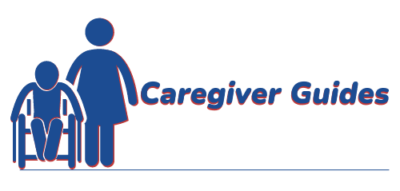
As physical therapists, we often emphasize the importance of aerobic exercise for the elderly, a topic thoroughly explored in Jerome L. Fleg’s 2012 article, “Aerobic Exercise in the Elderly: A Key to Successful Aging.” This piece highlights the critical role of aerobic activity in enhancing the health and quality of life of older adults. For those caring for the elderly, understanding and implementing these insights can be transformative.
Understanding the Decline in Aerobic Capacity
Aging naturally leads to a decline in maximal aerobic exercise capacity, more so in later years. This decline can be exacerbated by age-related conditions like heart disease, lung issues, and diabetes. However, research shows that this decline can be significantly mitigated through regular aerobic exercise, which improves peak oxygen consumption (VO2) in elderly individuals, regardless of their health status.
The Transformative Effects of Exercise
Aerobic exercise offers a multitude of benefits for the elderly:
- Enhanced Cardiovascular Health: Regular aerobic activity can lead to improvements in blood pressure, cholesterol levels, and overall heart health.
- Improved Bone Density and Muscle Strength: This is vital in combating age-related bone density loss and muscle weakness.
- Better Glucose Control: Managing blood sugar levels through exercise is crucial, especially for elderly individuals with or at risk of diabetes.
- Mental Health Benefits: Regular physical activity has been shown to alleviate symptoms of depression and anxiety, enhancing overall mental well-being.
Practical Tips for Caregivers
Caregivers play a crucial role in encouraging and facilitating regular exercise. Here are some practical tips:
- Start Slow: Begin with low-impact activities like walking or swimming, matching the exercise to the individual’s current fitness level and health conditions.
- Consistency is Key: Aim for moderate aerobic activity for at least 150 minutes per week, broken down into manageable sessions.
- Monitor and Motivate: Keep an eye on their progress and continuously encourage them, celebrating small victories to maintain morale.
- Safety First: Always consult with healthcare professionals before starting any new exercise regimen, especially if there are pre-existing health conditions.
Overcoming Barriers to Exercise
Introducing a new exercise routine can be challenging. Some elderly individuals might believe that exercise is no longer suitable for their age, or they may have physical limitations that make exercise seem daunting. Addressing these concerns with empathy and understanding, providing reassurance, and finding enjoyable and feasible activities are key.
The Bottom Line
Incorporating aerobic exercise into the daily routine of the elderly is about enhancing their quality of life. As caregivers, your support and encouragement can significantly impact their journey towards a healthier, more active lifestyle. Remember, every step counts in helping our elderly loved ones age gracefully and healthily.

Bryan Williams
Physical Therapist
is a licensed therapist with near 30 years of professional experience treating a diverse patient population in a multitude of settings. With simple strategies, he educates and empowers his clients with simple strategies to help them move better and with less pain.
